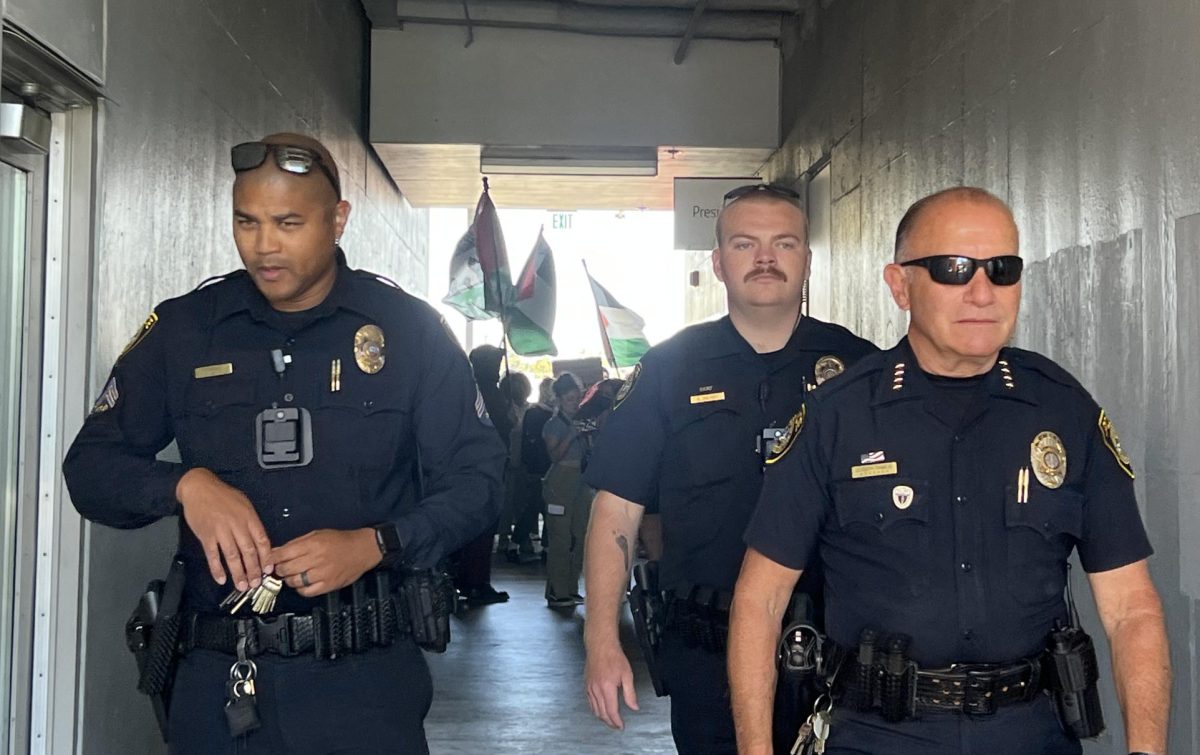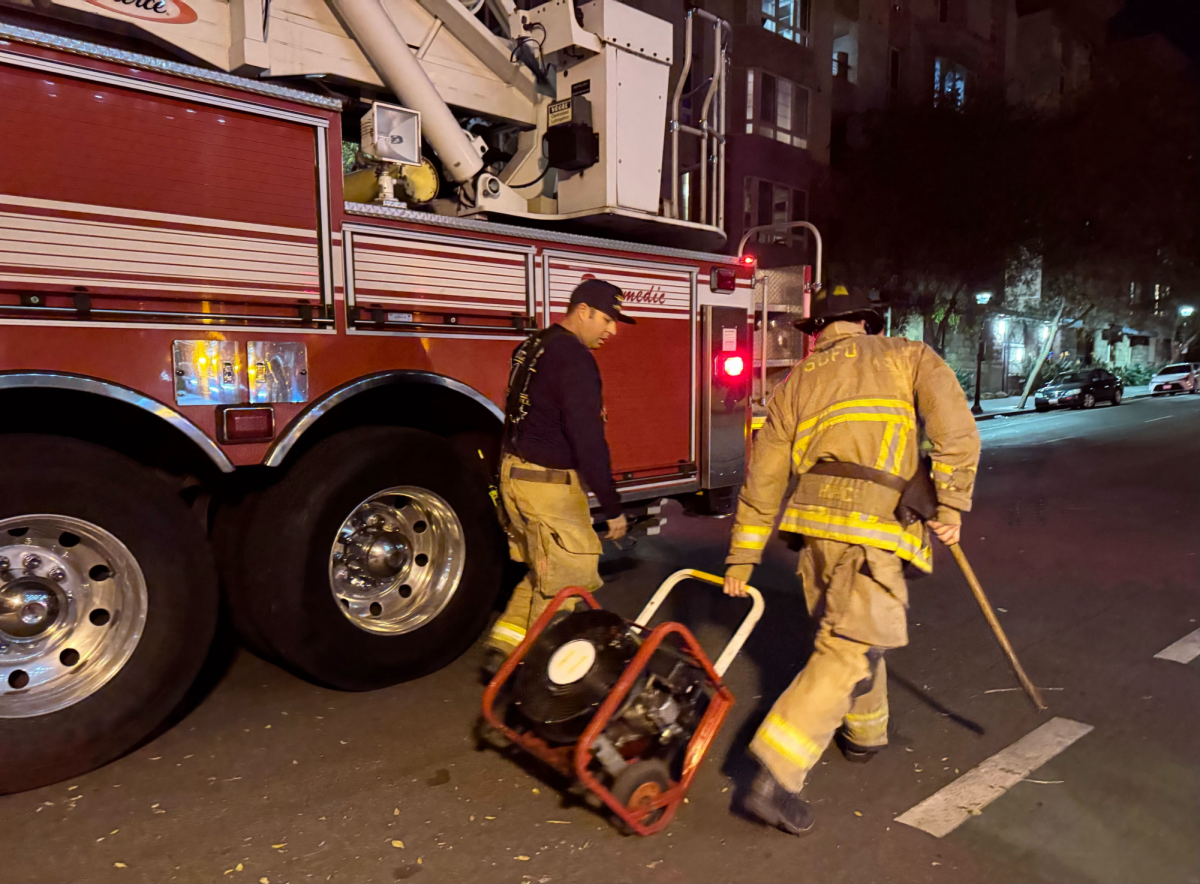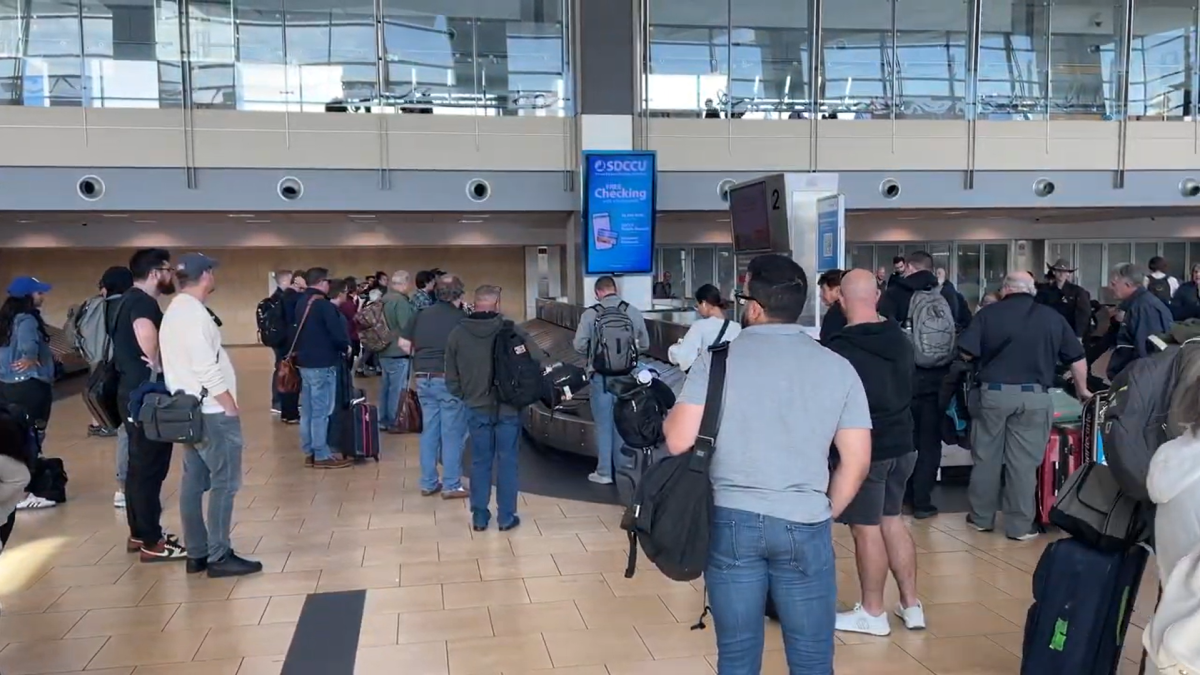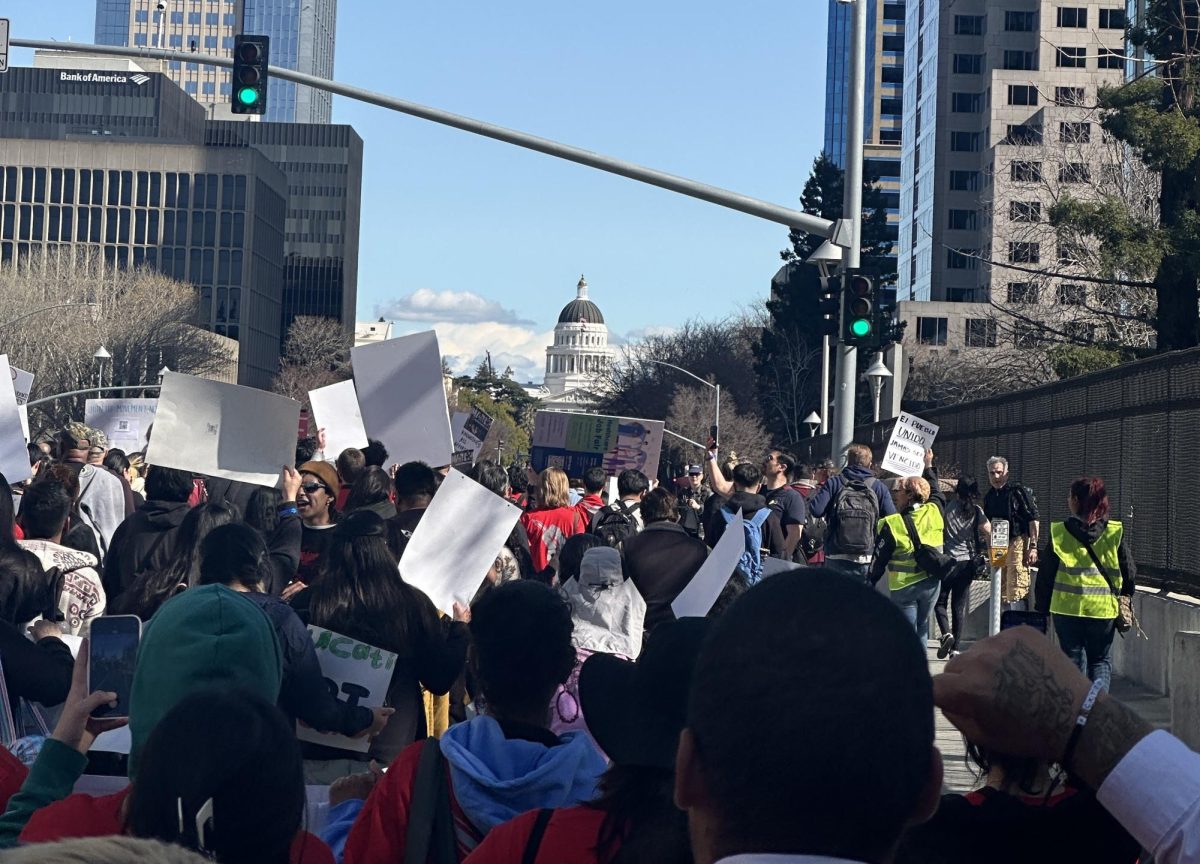Final fixie article of 5
Heading options
1st Fixies, the new generation of bike
2nd The new bike
3rd Fixie culture
4th Fixed gear bikes
5th What’s a fixie?
There are many types of transportation available for the Faculty and students who attend City College these days. From cars to buses and even skateboards, the possibilities are endless. However, there is a growing number of people using an old and trusted from of transportation with a new twist.
A growing number of people are riding a new form of bike that is part of an underground culture that has slowly, and unfortunately for the purist’s, gone mainstream.
Walk past any of the overcrowded bike racks on campus and you will notice these colorful bikes each with their unique style.
When you first hear the word fixie, bike might not come to mind but for many die-hard cyclist fans there is no other word for bike.
These bikes are known as fixed gear bikes or simply fixies. Judging by the popularity of these bikes, and the culture surrounding them, Webster’s has a new word for their next edition.
The history of fixies in the U.S is said to have started with bike delivery boys of the east coast, as the bikes themselves differ greatly from your regular road bike. They proved to be more cost effective and reliable as parts were expensive.
The idea of a fixed gear bike is simple: firstly, they have no mechanisms that allow you to freewheel, sounds simple enough but rest assured your first attempt at riding one will not be easy.
So next time you are on your bike coasting along enjoy the privilege as it is impossible on a fixie.
The rear wheel has a solid single cog and there are no gears or gearshift levers, due to this, the chain is much shorter and thicker as it needs to be sturdy.
The way you stop yourself would be the same as that on a beach cruiser you simply peddle backwards.
But that comes with its own risks as this usually involves your rear wheel skidding out to the side, making balance all the more important.
Whilst on a fixie your riding style is limited, as you need to be pedaling constantly and coasting is most definitely not an option. There are a number of other differences as well between your regular road bike and the fixie such as there are no brakes.
True fixie riders and messengers are against the idea of having brakes, but more and more new riders are opting to have a single front tire brake.
Part of the fixie culture is enjoying the ride and riding with others as most bike messengers know each other and through their common bond has helped formulate the culture of fixies.
They have started to rekindle the ideas’ of the original bike races and added new ones as well. In Jan Heines book The Competition Bicycle he talks of the origin of the Alley Cat ride. It predates WW II and started out in France with couriers using Porteurs or work bikes. The object of the race was to deliver required load from one point to another and in the process receive a token as proof of reaching each assigned destination. This race along with the moustache rides are still hugely popular today, but the biggest by far is the critical Mass ride every last Friday of the Month several thousand people race around the city of San Diego and several of the City College students are present.
Categories:
several
January 27, 2009
Donate to City Times
Your donation will support the student journalists of San Diego City College. Your contribution will allow us to purchase equipment, cover the cost of training and travel to conferences, and fund student scholarships. Credit card donations are not tax deductible. Instead, those donations must be made by check. Please contact adviser Nicole Vargas for more information at [email protected].







